
Sunglasses
Learn which features are important for sunglasses, including information on performance, prescription, polarized, kids' and designer sunglasses.

Despite what the popular song suggests, there are no reasons to wear sunglasses at night.

Is it possible to be allergic to sunglasses? While an allergic reaction is uncommon, it is possible to be sensitive to the metals or plastics from the frames of your sunglasses.

Sunglasses are an important form of protection, but is it harmful to wear them all the time? From throwing off sleep to diminishing your eyes’ ability to adjust, wearing sunglasses too much can do harm.
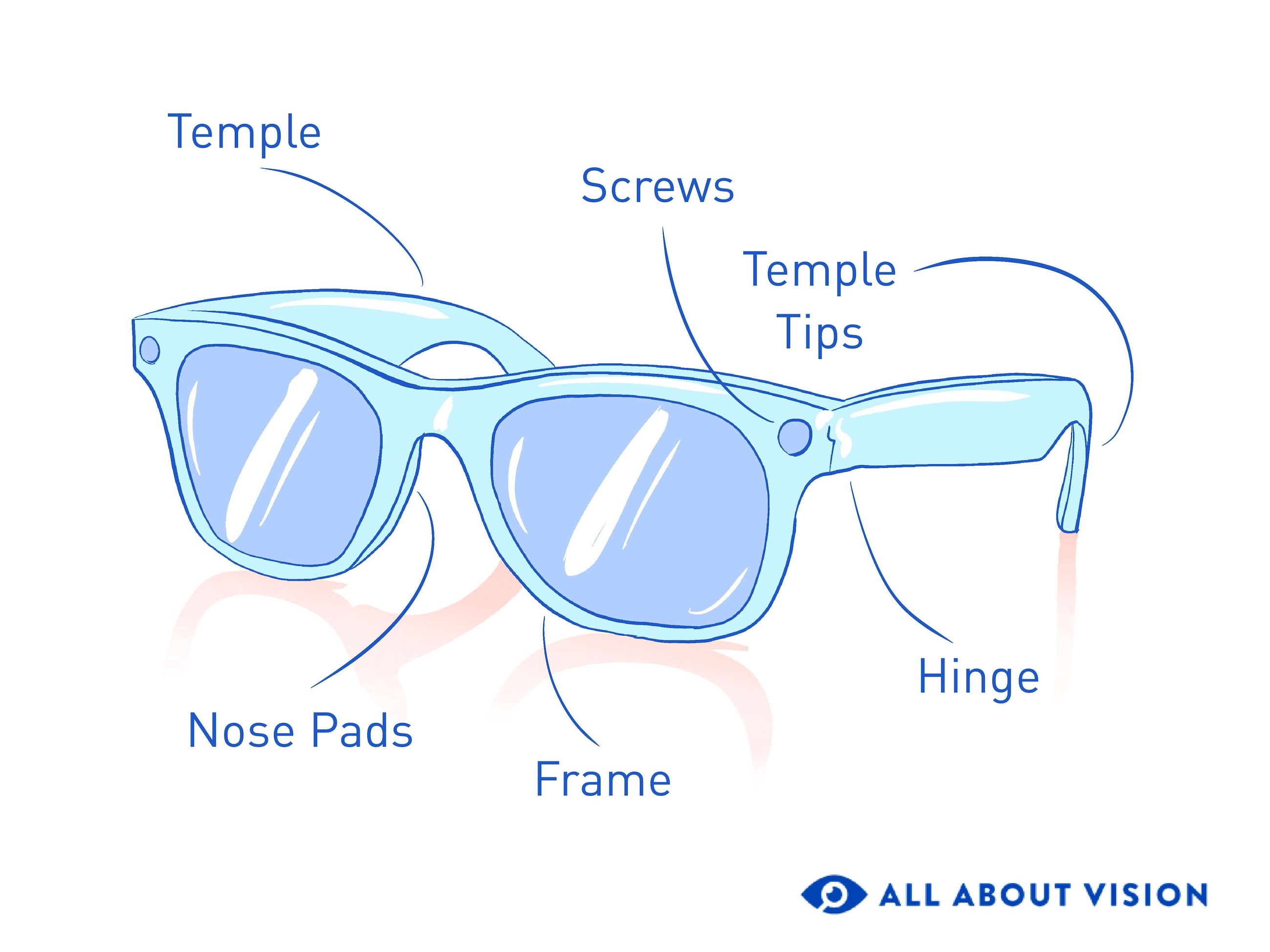
Shopping for shades? Before you buy a pair, educate yourself about all the parts of sunglasses to help you choose your perfect pair.
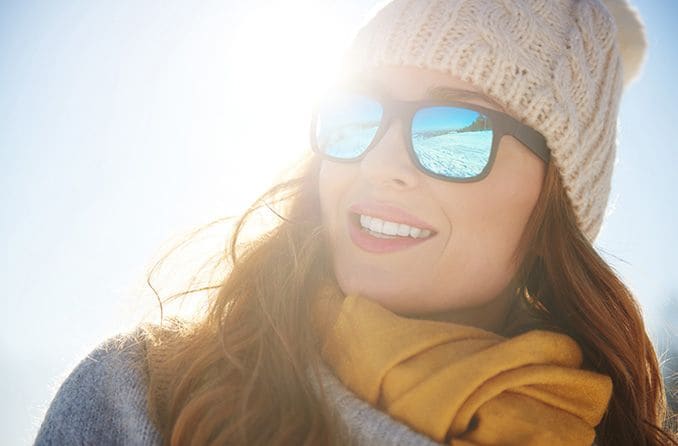
Reasons you should wear sunglasses in winter include: Sunglasses protect your eyes from UV rays, fend off eye diseases and prevent snow blindness.
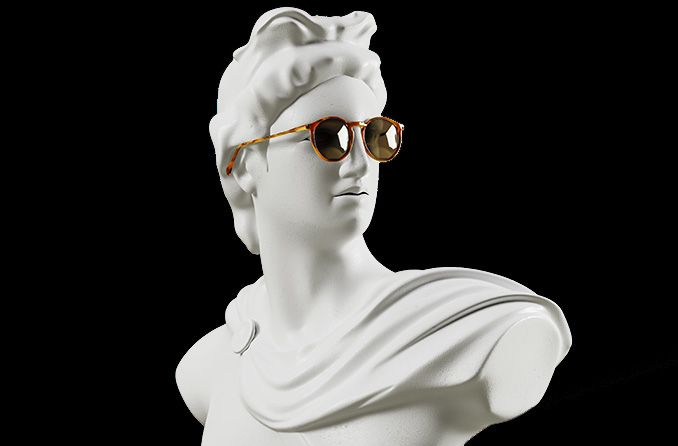
A history of sunglasses includes James Ayscough’s color lenses, Foster Grants, polarized lenses, UV protection and celebrities wearing shades.

It’s difficult to imagine life without sunglasses. So, when were sunglasses invented? The earliest known attempt goes back to the prehistoric Inuits.

Ray-Ban Wayfarer sunglasses trace their roots back to World War II, but their history and popularity is credited to stars such as Tom Cruise and Bruce Willis.
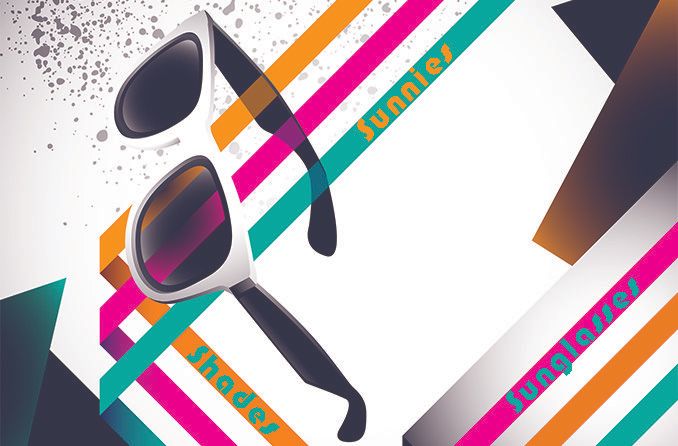
Sunglasses, sunnies or shades? The term for what protects your eyes from the sun varies around the world.
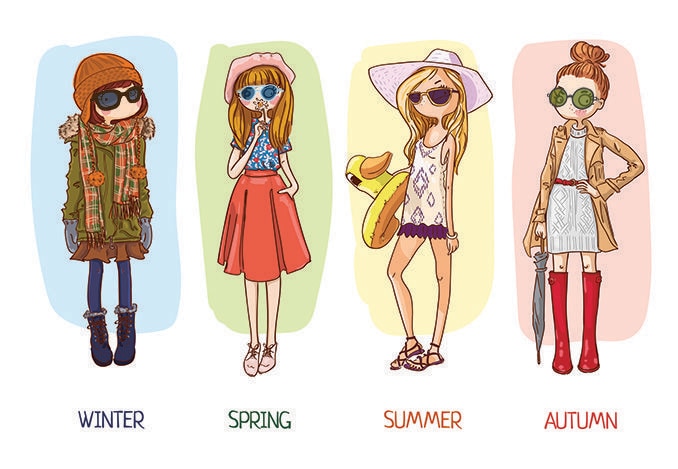
Should you wear sunglasses year-round? Those harmful UV rays don’t take a vacation no matter the season, and neither should your sunglasses.
All About Vision and AllAboutVision.com are registered trademarks of AAV Media, LLC. © 2000-2025 AAV Media, LLC. The content on this site is for informational purposes only. All About Vision does not provide medical advice, diagnosis or treatment. Contact an eye doctor if you need medical attention.